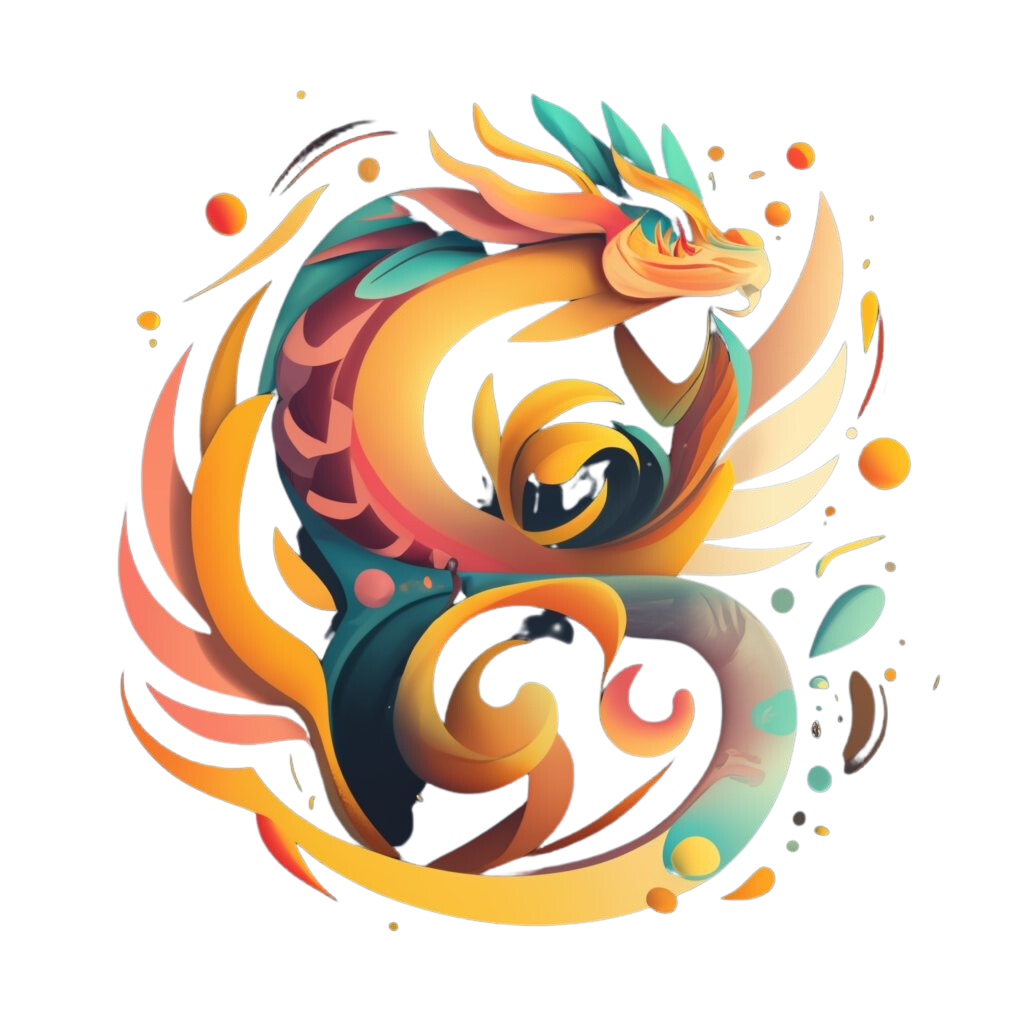In the misty mountains of Bhutan, legends tell of beings unseen by modern eyes—spirits of the forests, dragons that command thunder, and guardians who dwell in sacred peaks.
Bhutan’s mythology is unlike any other in Asia. Shaped by Tibetan Buddhism, ancient animism, and local folklore, it paints a world where every mountain, river, and animal has a living spirit. The Bhutanese believe their land is alive, filled with unseen beings who protect and test those who cross their paths.
In this guide, we’ll explore Bhutan’s most captivating mythical creatures—from the powerful Thunder Dragon (Druk) and the elusive Yeti (Migoi) to the curious Takin, born of divine play.
The Mythological Framework of Bhutan
To understand Bhutan’s mythical creatures, you must first step into the beliefs that shape the kingdom’s view of the world.
A Blend of Buddhism, Animism, and Ancient Belief
Bhutan’s mythology grew from Mahayana Buddhism and older animist traditions. Long before Buddhism reached Bhutan in the 8th century, local tribes worshipped spirits of rivers, cliffs, and forests. These deities, called yul lha (territorial gods) and tshomen (water spirits), were thought to control weather, fertility, and fortune.
When Guru Padmasambhava, the revered Buddhist master, brought Buddhism from Tibet, he did not erase these spirits. He welcomed them into the Buddhist world, turning many into protectors of the Dharma.
Myth Shaped by the Landscape
Bhutan’s rugged mountains, thick forests, and roaring rivers are more than scenery. They are the stage on which its myths unfold. Every mountain has a god, every lake a guardian, and even the wind carries whispers from unseen realms.
Stories that Shape Identity
Myths in Bhutan do more than entertain. They teach moral lessons and shape national identity. Through tales of dragons, lions, and mountain spirits, people learn compassion, courage, and balance. These stories live in temple art, sacred Cham dances, and the symbols that define Bhutan’s culture.
If you’re interested in how myth influences visual art, see Exploring Chinese Mythical Creatures in Art: A Visual Journey.
Key Mythical Creatures of Bhutan
Bhutan’s legends are filled with creatures that link heaven and earth. They protect sacred places, teach moral truths, and embody the Himalayan spirit.
The Thunder Dragon (Druk): Guardian of the Kingdom
The Thunder Dragon, or Druk, is the most sacred creature in Bhutanese mythology. The very name Druk Yul means “Land of the Thunder Dragon.”
Legend says the dragon’s roar rolls through the Himalayas as thunder, representing divine power and protection. In Buddhist belief, Druk stands for strength, balance, and transformation.
The dragon appears on Bhutan’s flag. Its white body represents purity, its gold stands for wealth and security, and the jewels in its claws symbolize prosperity protected by virtue. Each time the flag waves, it is said to bring blessings and drive away evil.
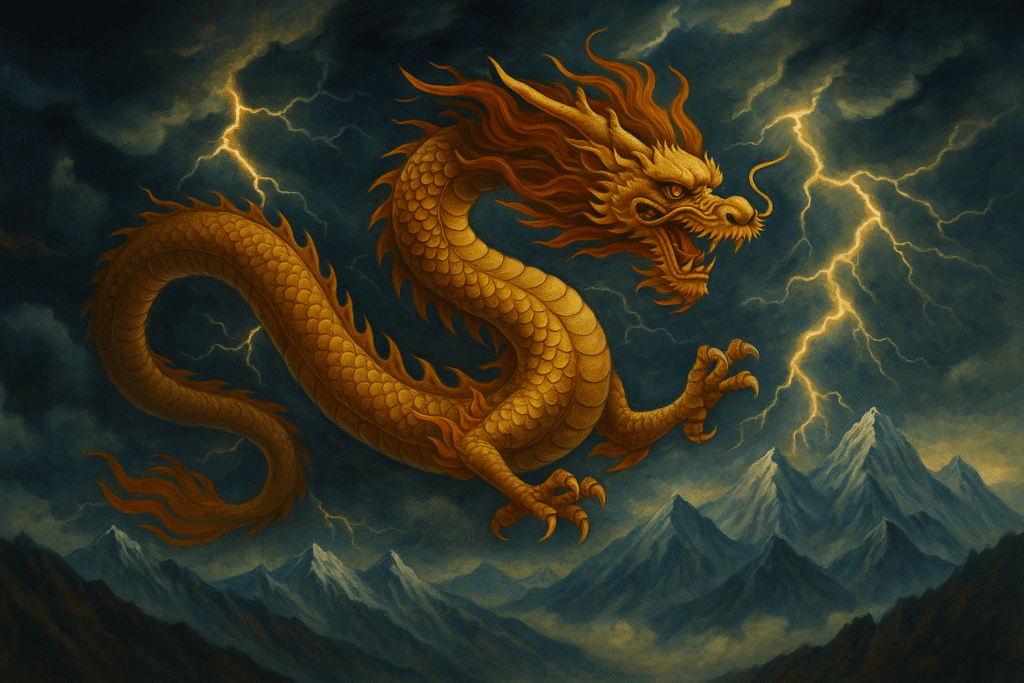
The Snow Lion: Spirit of Courage and Joy
The Snow Lion (Seng) symbolizes fearlessness, joy, and spiritual clarity. It lives in the highest snowy peaks, embodying purity and the energy of enlightenment.
In Buddhist art, the Snow Lion supports the Wheel of Dharma, showing the victory of wisdom over ignorance. Its playful strength reminds people that real courage grows from compassion.
Its image appears on murals, royal emblems, and Cham dance masks.
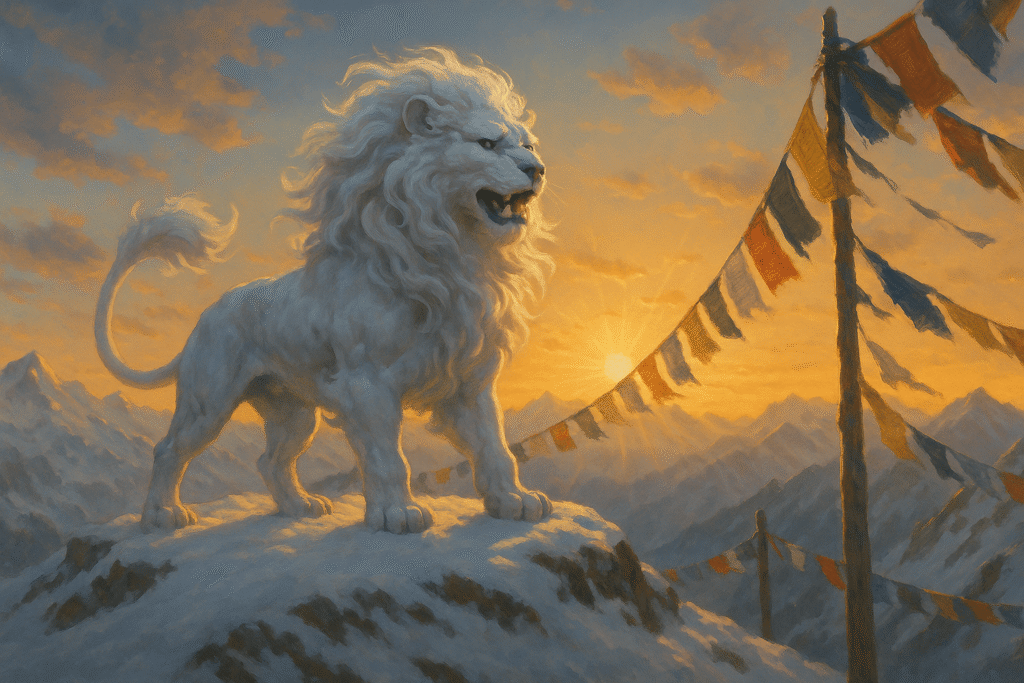
The Yeti (Migoi): The Elusive Protector
The Yeti, or Migoi, is perhaps Bhutan’s most mysterious figure. Far from a monster, it is seen as both guardian and mystery.
Villagers describe it as a tall, fur-covered being who roams the highlands, guarding nature from disrespect. In some regions, it is a form of mountain spirit that ensures humans remain humble in the face of the wild.
Unlike Western tales of a savage beast, Bhutanese stories treat the Migoi with respect. People speak of it helping lost travelers or punishing those who harm the forest.
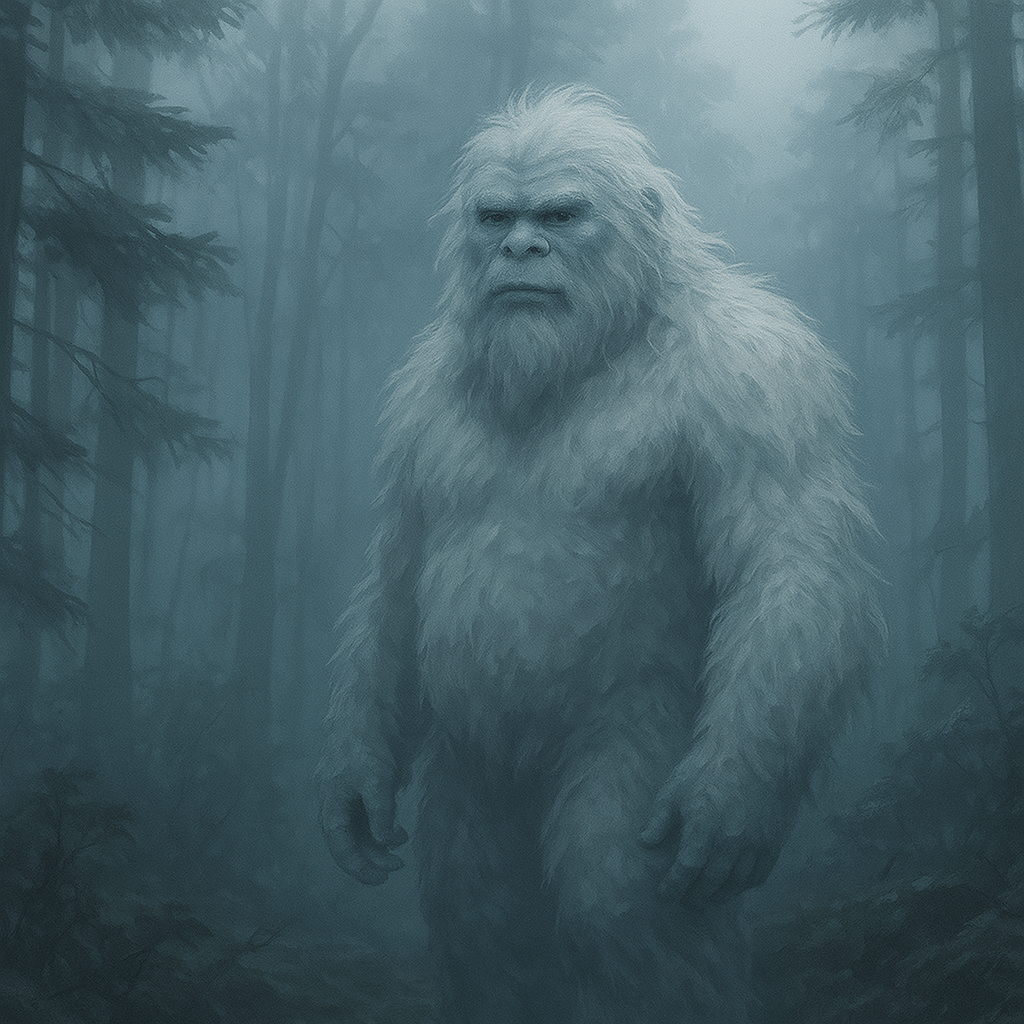
The Takin: A Divine Creature Born of Laughter
The Takin is one of Bhutan’s most beloved creatures. Legend says the saint Drukpa Kunley, known as the “Divine Madman,” created it to amuse villagers. He ate a goat and a cow, joined their bones, and commanded the strange beast to rise. To everyone’s surprise, it did.
The Takin became Bhutan’s national animal, a symbol of unity between the spiritual and natural worlds. Its story reflects the Bhutanese belief that even divine acts can be humble and joyful.
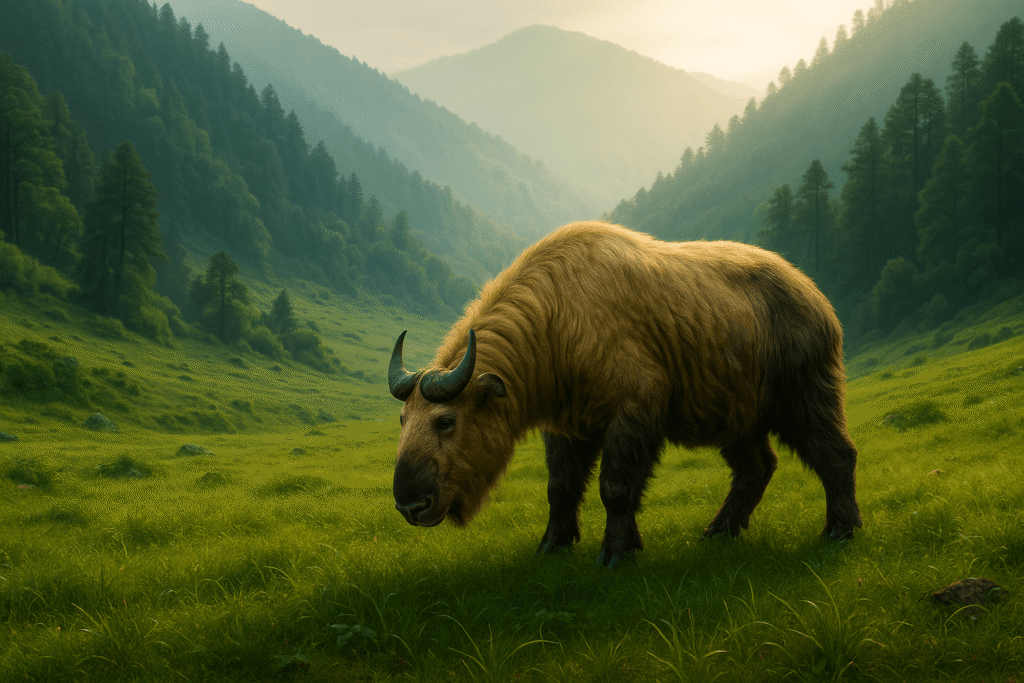
The Garuda: The Celestial Bird of Wisdom
The Garuda, or Chung, is a giant bird revered across the Himalayas. In Bhutan, it is a symbol of fearless awareness and victory over ignorance.
It soars above the clouds, devouring serpents that represent illusion. In temples, the Garuda is shown locked in battle with serpent spirits (nagas), teaching that insight always defeats deceit.
During spiritual festivals, masked dancers invoke the Garuda to cleanse negativity and inspire clarity.
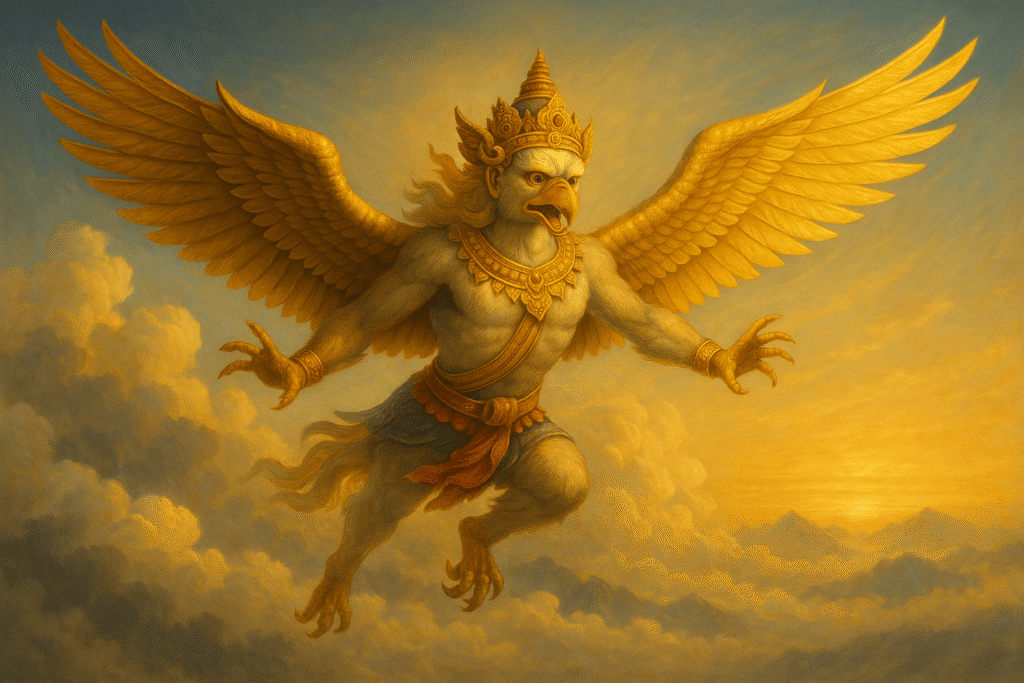
If you’re fascinated by other regional legends, read Most Fascinating Indian Mythical Creatures Revealed.
Symbolism and Themes Behind These Creatures
Behind each dragon’s roar and lion’s leap is a message about faith, morality, and respect for nature. These creatures reflect Bhutan’s belief that the divine is not far away; it lives in the world around us.
Nature and Spirit as One
In Bhutanese thought, nature and spirit are inseparable. Every part of the landscape holds life, and mythical beings serve as links between people and the divine.
The Thunder Dragon represents the power of the sky. The tshomen, or lake spirits, protect waterways and demand respect. The Yeti guards the forests. Their shared message is clear: to harm nature is to upset the sacred balance.
Guardians of Virtue
Each creature teaches a moral truth. The Snow Lion stands for joyful courage, the Garuda for wisdom, and the Takin for humility and laughter. During Cham dances, monks wear masks of these animals to show the struggle between good and ignorance.
The Four Guardian Animals
Bhutanese temples often show the Four Guardian Animals—the Garuda, Tiger, Snow Lion, and Dragon—each guarding a direction and virtue:
- Garuda (East): Wisdom and freedom
- Tiger (South): Confidence and strength
- Snow Lion (North): Joy and vitality
- Dragon (West): Compassion and power
Together they represent harmony and protection. Their symbols appear on prayer flags and sacred paintings, spreading blessings across the land.
Reflections of the Human Journey
These beings also mirror human growth. The dragon’s thunder reflects awakening power, the lion’s roar symbolizes courage, and the Yeti’s mystery points to hidden potential within.
Myth as a Living Practice
In Bhutan, myth still lives in murals, carvings, and songs. Children hear stories that teach kindness and respect for nature. Even Bhutan’s national symbols reflect these values.
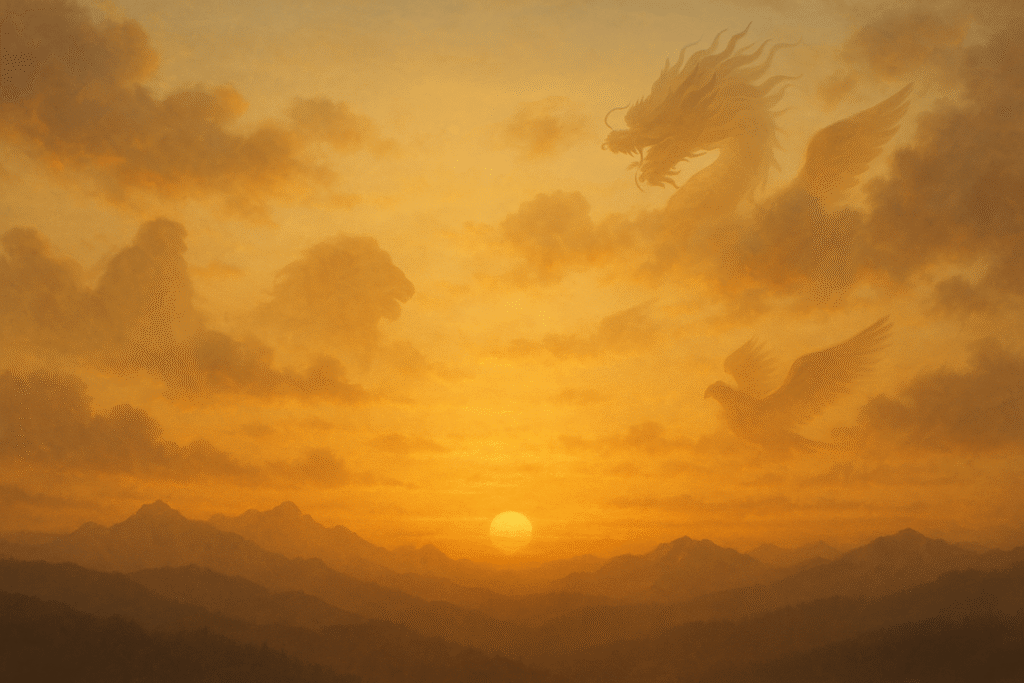
Modern Relevance and Preservation
A Living Tradition
Myths continue through rituals and festivals. Monasteries display dragons, lions, and birds as visual prayers for protection. During Tshechu festivals, monks perform Cham dances that retell ancient stories.
Schools also teach children about these myths, showing that they are lessons in respect for nature and morality, not just folklore.
National Symbols and Spiritual Strength
Mythology defines Bhutan’s identity. The Thunder Dragon on the flag and the Takin as the national animal express a belief in balance between spirit and earth.
Myth and the Environment
Myth and ecology are deeply connected. Many mountains and rivers are sacred, so they remain untouched. Villagers near lakes believed to host tshomen avoid polluting them. The Yeti reminds people to protect the forests.
Tourism and Global Interest
Travelers are drawn to Bhutan for its myths as much as its scenery. Guided tours often include stories of dragons and spirits that bring the landscape to life.
